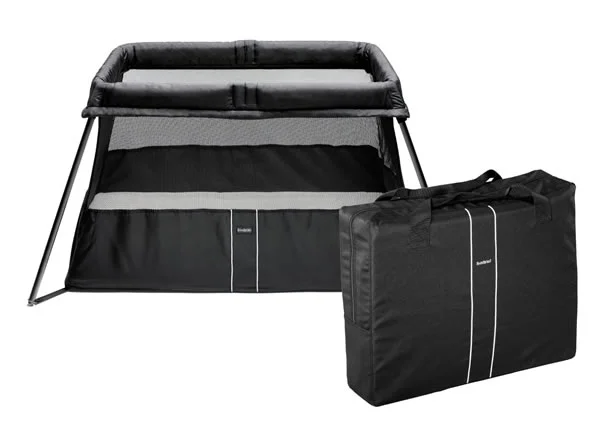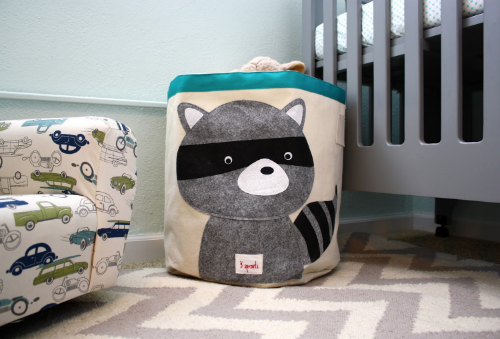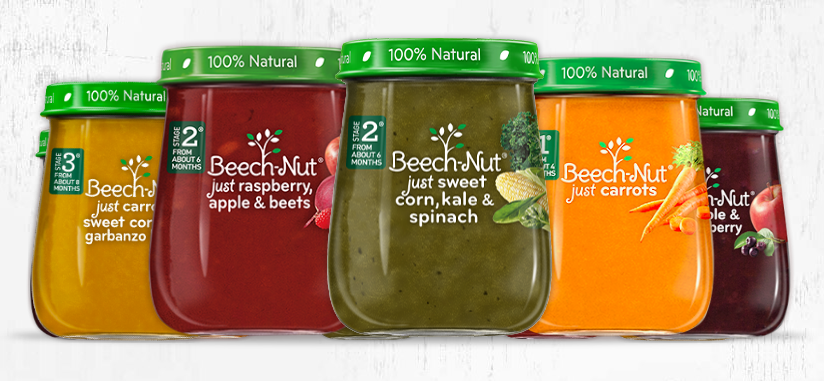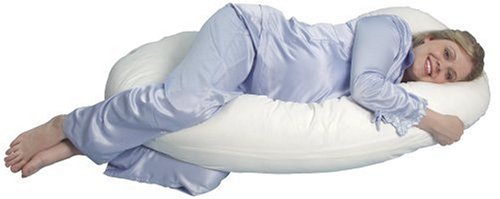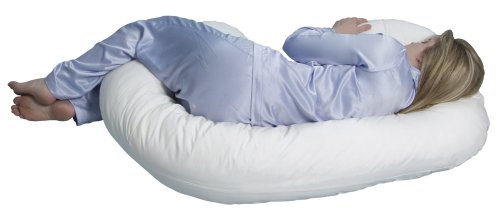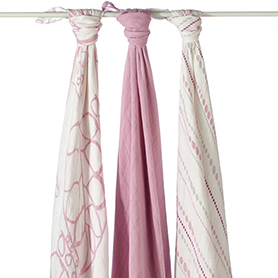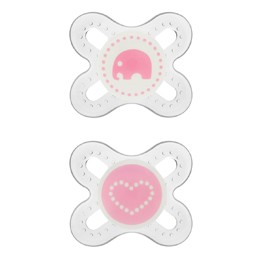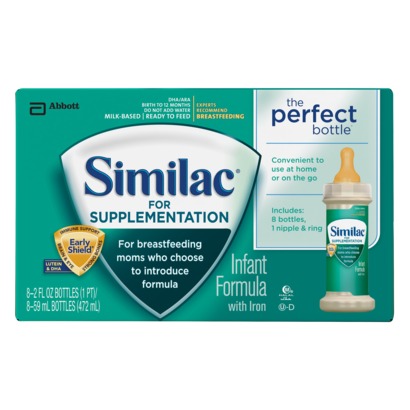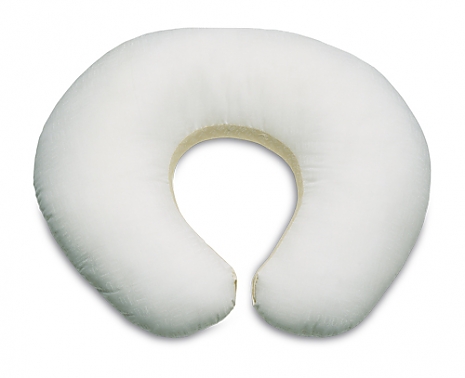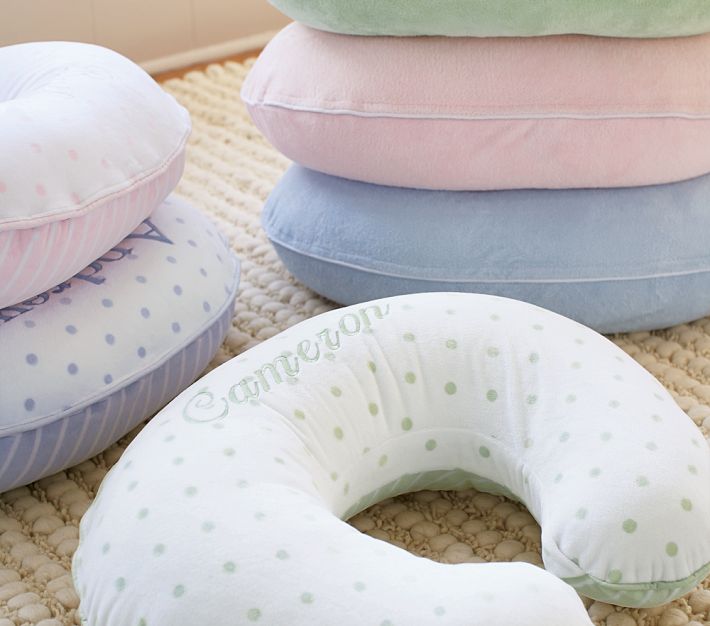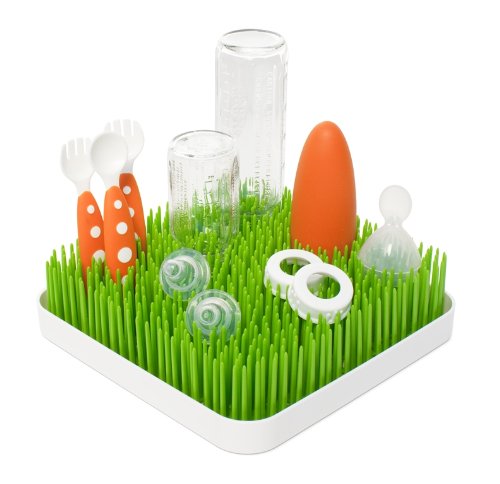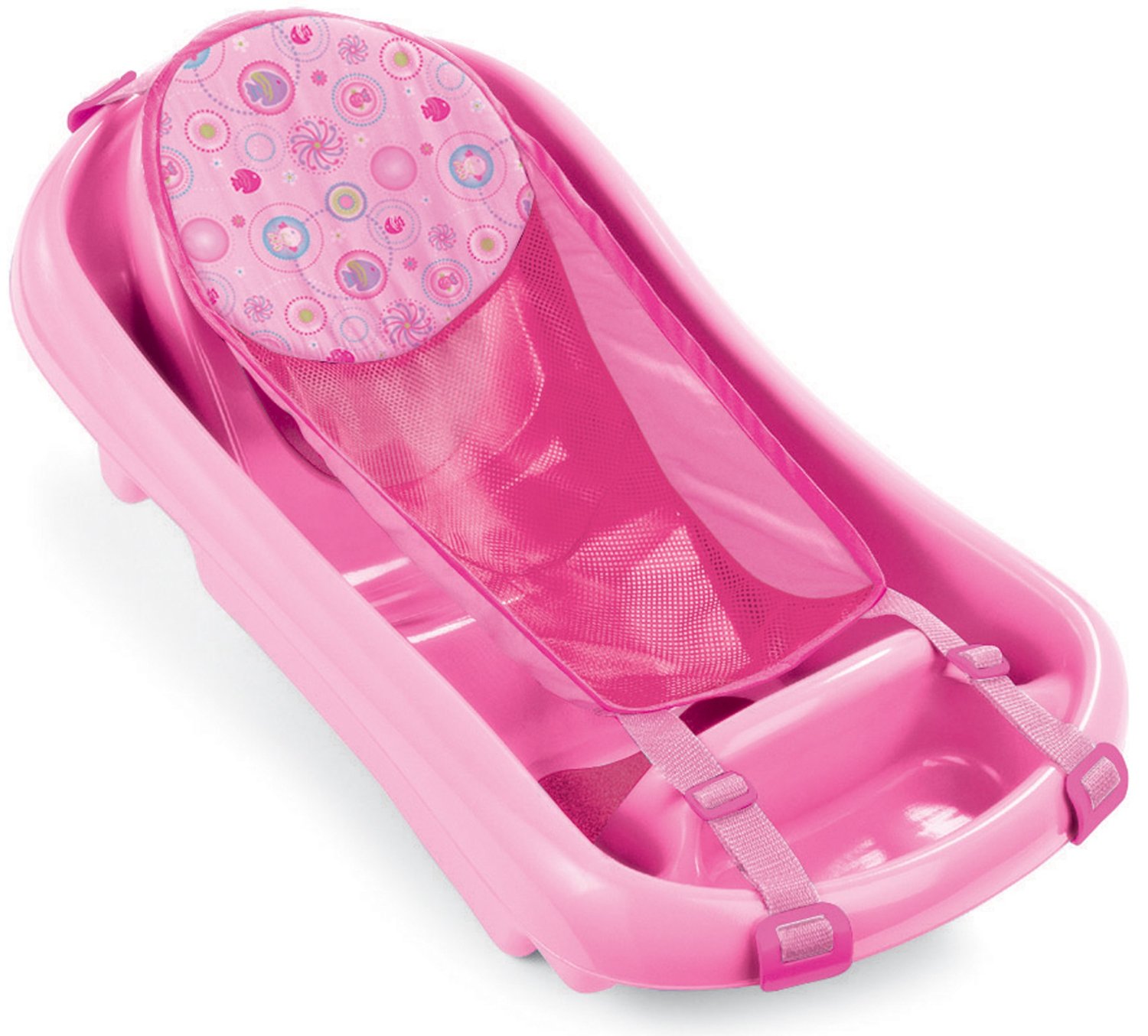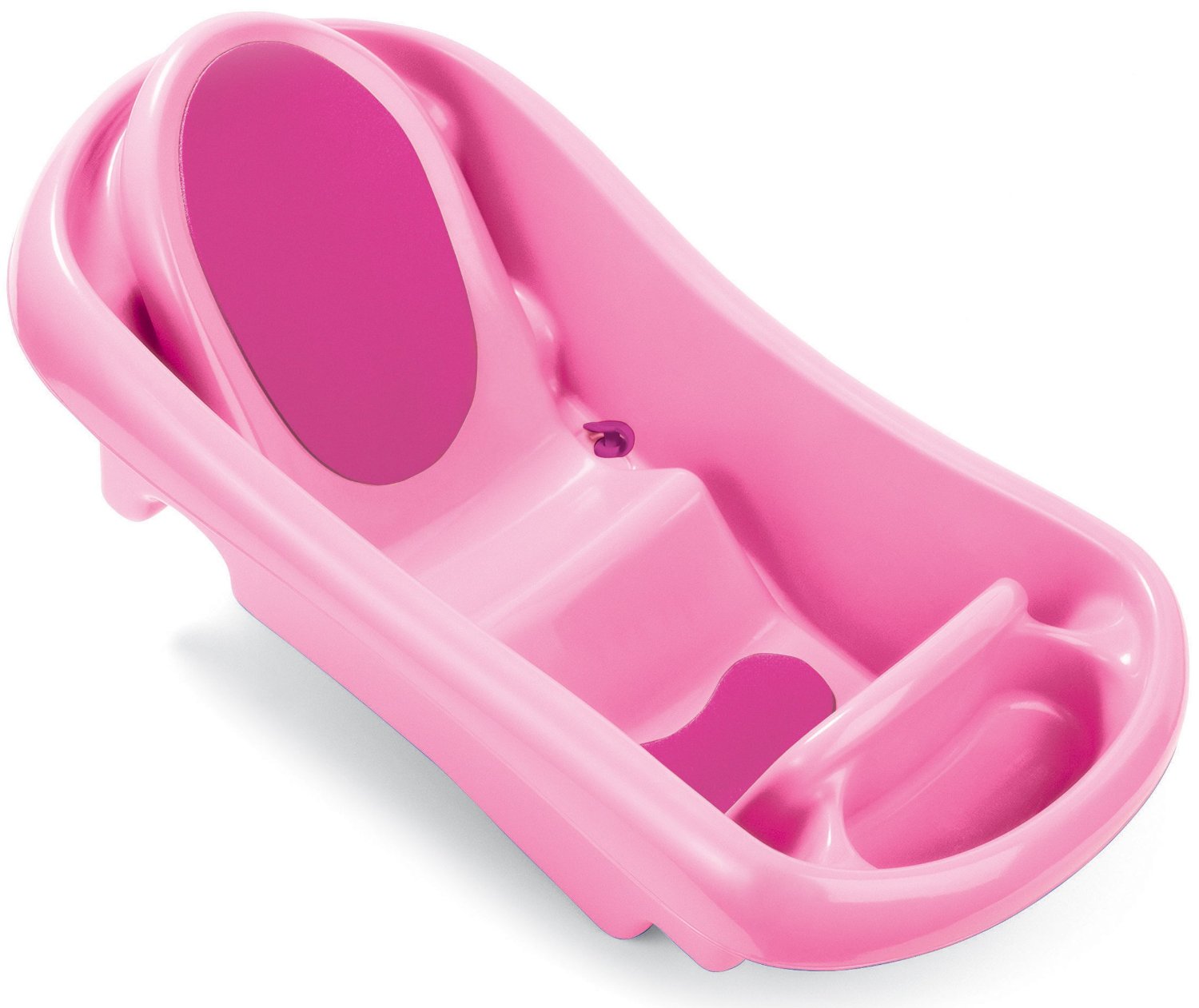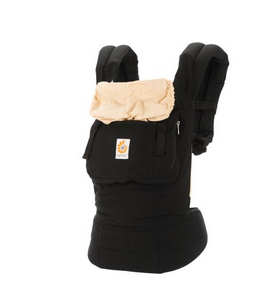As a UX Manager at Google and organizer of XX+UX events in NYC, I often talk to people who are interested in starting or growing their careers in UX Design. It’s an exciting time as the UX discipline has evolved over the years and expanded as new technologies evolve. As a UX Designer who has been working in the tech industry for over 13 years, I wanted to share some of the most common questions I received which hopefully will be useful for more people.
I want to get into UX Design but have little or no experience. How do I get a job without portfolio samples?
The best way to do this is to create your own case studies. Think of problems you would like to solve, maybe it’s something that bugs you in your everyday life, or something you’re passionate about but you never have time to work on. The goal of having a portfolio with case studies is not only to show the work you can do, but to give potential employers a view into who you are as a professional: What is your design process? What kind of things do you consider when working on a project? What is your approach? What is your work style?
Employers want to know who they’re hiring not because you launched product X, but because you would be an invaluable addition to their team.
I have work I can showcase, what is the best way to build a portfolio?
Building a portfolio can get pretty overwhelming so here are some simple steps to help structuring it:
Have one single location to showcase your work. A website, a deck, a PDF, you name it. But please do not share multiple links, folders, or documents. Treat your portfolio as a product that represents “you” as a brand. A good product should be easy to use (i.e. not needing to chase down folders and links to understand what this “product” does) and should be easy to understand, meaning people should know who you are as a professional in the first minute or so.
Present projects as case studies. A case study is a a great way to walk through your thinking and design process.
Set the stage: What is the problem you’re trying to solve? What are the user needs and the opportunity space?
Clearly state your role in the project: What was your contribution? Who did you work with on the project and on each phase of the project?
Walk through your process: This is where you want to showcase your approach to solving a problem. What was that process like? Explain each step of the process, from understanding the problem space to the assumptions you made and why.
Design execution and rationale: It’s important to show quality of the craft (design execution) but it’s also as important to show how you arrived to that solution. Describe the rationale for decisions made which lead you to the final artifact.
Call out lessons learned throughout the process. If it shipped, what would you do as next steps?
Be concise, check your grammar. There’s no need to write at length about every single thing that happened. Write it as if you’re explaining it to your parents. Simple, clear and easy to understand.
Finally, remember that it’s not about the final solution but who are you as a UXer, what kind of professional you are: what is your approach? are you a team player? a good collaborator? Do you have good presentation & communication skills?
Startup, Design Consultancy, Agency, Big company? Where to go?
The good news is UX has become such a strong asset for companies that more industries want to have UX talent within their teams, thus creating many opportunities for UX Designers. When people ask me this I normally respond by asking them what kind of skills and expertise do they want to learn. I’m also interested in learning about their experience to date. By thinking about these things you’ll have a good indication of what type of company and industry would be the best fit for you.
Working at a smaller company (i.e. startup) will help you learn a variety of skills. When working with a smaller team you’ll have to wear many hats and do a bit of everything. This is a great way to see which area you’re most passionate about.
Agencies and Consultancies are great if you are looking to work on a variety of projects. You will learn how to adapt your UX skills and process to a range of industries and user segments.
When working in house at a (bigger) company your role will be more defined. Roles are focused on a specific area of contribution (i.e. UX Design, UX Research, Motion Designer, Visual Designer, etc) mainly because of scale. As a UX Designer working on a product used by millions of people you’re not only designing the UI for one language but for many many languages, you have to ensure it’s accessible, etc. There are many aspects of the product you have to think about therefore the need to have more specific roles.
Seeking advice, Mentoring.
Whether you’re getting started with your career or you are an experienced professional; it’s always useful to seek advice and mentoring as you grow your career. We’re constantly learning new things, from being a strong individual contributor to learning new types of contributions. As your scope expands, you’ll want to learn how to be an effective leader, how to build good team culture, drive for success, etc. All of those were new to me, and I keep learning everyday by seeking advice from peers and mentors.
I like how Ana Roca Castro (@AnaRC) said it at a panel where we met. Find a mentor who is right above you in terms of experience, someone whose steps you can follow. And you should also find a mentor who is much higher level than you. Someone who you aspire to be someday in the future. The types of questions you will have for these mentors are different and are both invaluable. You’ll be surprised how open people are to giving advice and mentoring. Don’t be afraid of asking, you won’t lose anything.
Let go of the “Designer ego”
The first thing I tell people new to the discipline is that we, as Designers need to learn one thing: design is not art. When you work on an artifact that will be used by thousands, millions or billions of people then it’s clearly not art. This artifact (a product, a device, an app, a website, etc) has to be useful, easy to use, work flawlessly and be delightful.


















